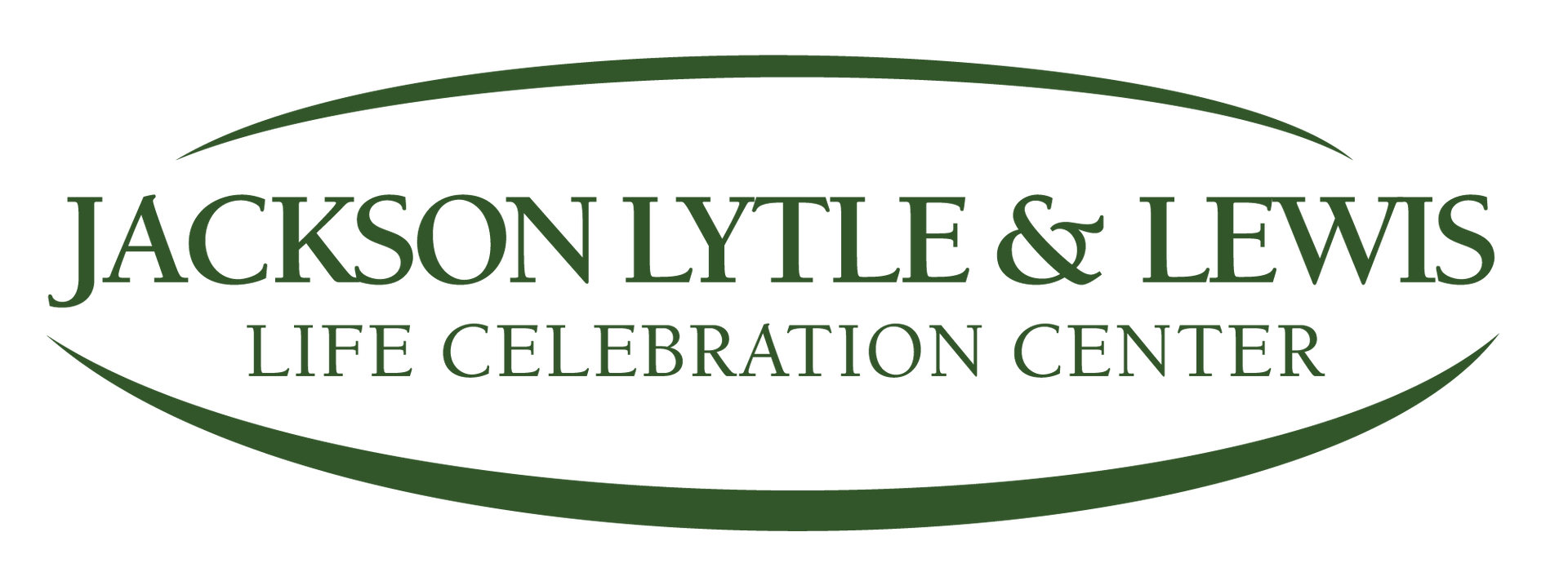Simple Ways to Bridge Generational Gaps with Your Family
In families where multiple generations coexist, differences in values, communication styles, and interests can sometimes lead to misunderstandings or feelings of distance. At Jackson Lytle & Lewis Life Celebration Center, we understand the importance of family connections and recognize the challenges that generational gaps can pose. Bridging these gaps is not just about finding common ground but also about enriching the family dynamic and fostering mutual respect. Here are some simple yet effective ways to bridge generational gaps and strengthen family bonds.
1. Embrace and Share Family Traditions
Family traditions are a powerful tool for bridging generational gaps. They provide a sense of continuity and belonging that can transcend age differences. Whether it's a holiday meal, a yearly family reunion, or a simple nightly ritual like sharing stories, maintaining these traditions can create a shared family identity. Encourage each generation to contribute ideas and incorporate new traditions that embrace everyone's interests and cultures.
2. Foster Open Communication
Open communication is fundamental to understanding different perspectives within the family. Encourage family members of all ages to express their thoughts and feelings openly without judgment. This might involve setting aside specific times for family discussions or using family meetings as a platform to address any issues and celebrate successes. Teach younger family members effective communication techniques, such as active listening and respectful dialogue, to help them interact more meaningfully with older relatives.
3. Engage in Mutual Learning Opportunities
One of the most effective ways to bridge generational gaps is through mutual learning. Encourage older family members to share their knowledge and life experiences, perhaps through storytelling or teaching a specific skill like cooking a family recipe or knitting. Conversely, younger family members can share their expertise, especially in areas like technology, modern music, or current trends. This exchange not only promotes learning but also builds respect and appreciation for each other's strengths.
4. Participate in Shared Activities
Find activities that can be enjoyed by people of different ages. These might include board games, puzzle solving, gardening, or attending a musical or theatrical performance. Shared activities allow family members to interact in neutral and enjoyable settings, which can reduce tension and build friendships among the generations.
5. Create Opportunities for One-on-One Interaction
While group activities are important, personal bonding can also thrive in one-on-one settings. Pair up family members from different generations for outings or tasks. For instance, a grandparent and grandchild might go to a museum together, or an uncle might teach a niece how to fish. These personal interactions allow deeper relationships to form and can be especially effective in bridging gaps between the old and the young.
6. Encourage Flexibility and Patience
Family members should recognize and respect their differences. Encourage an attitude of flexibility and patience, understanding that bridging generational gaps doesn't happen overnight. Celebrate small successes and progress in understanding each other's viewpoints and lifestyles.
Celebrating the Joys of Family
Bridging generational gaps is crucial for fostering a harmonious and supportive family environment. By embracing traditions, fostering open communication, engaging in mutual learning, participating in shared activities, facilitating one-on-one interactions, and cultivating patience and flexibility, families can create stronger bonds and a deeper understanding across all ages. At Jackson Lytle & Lewis, we believe these connections are not just vital for individual family members but are the foundation of a strong, resilient community.













